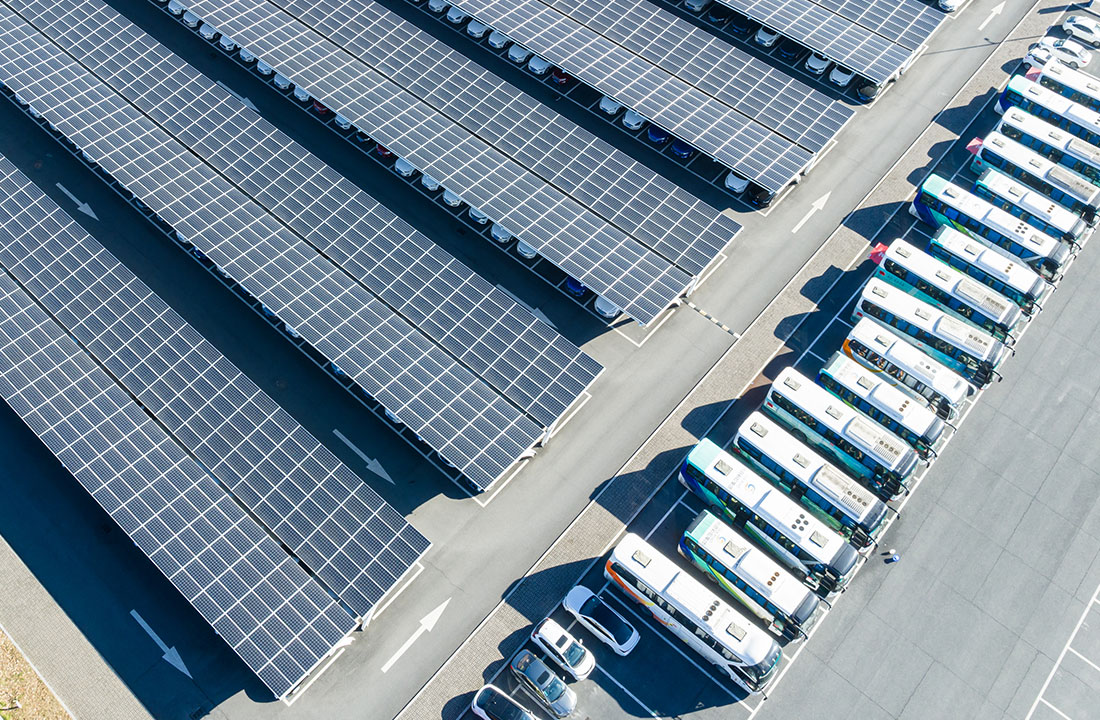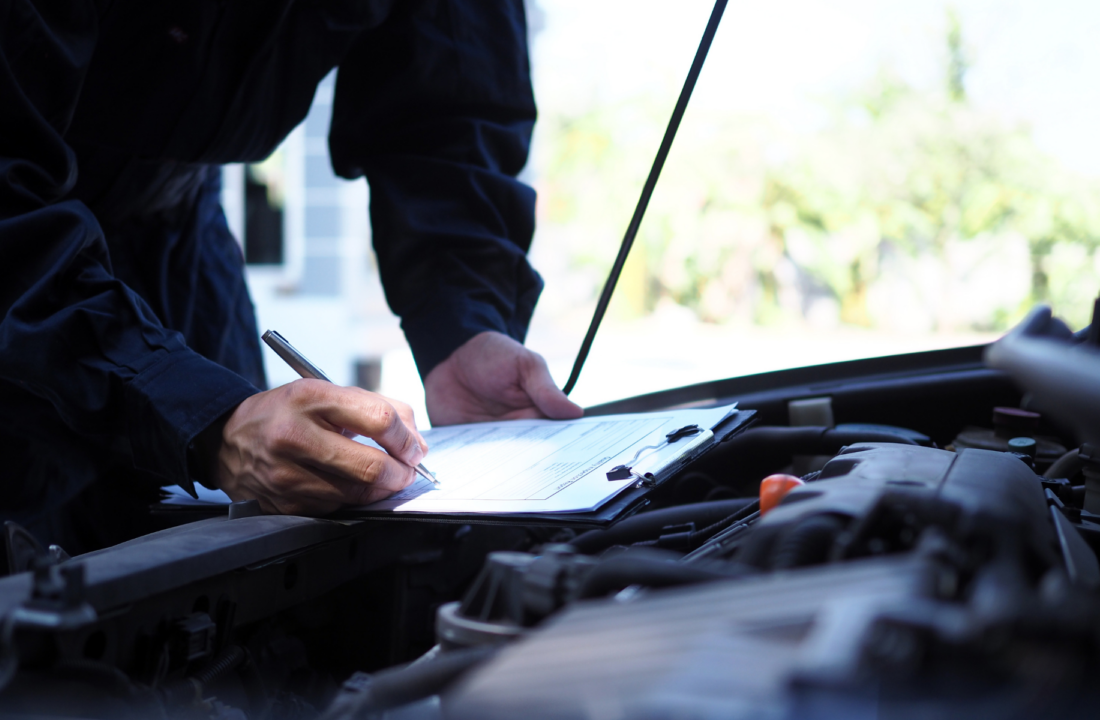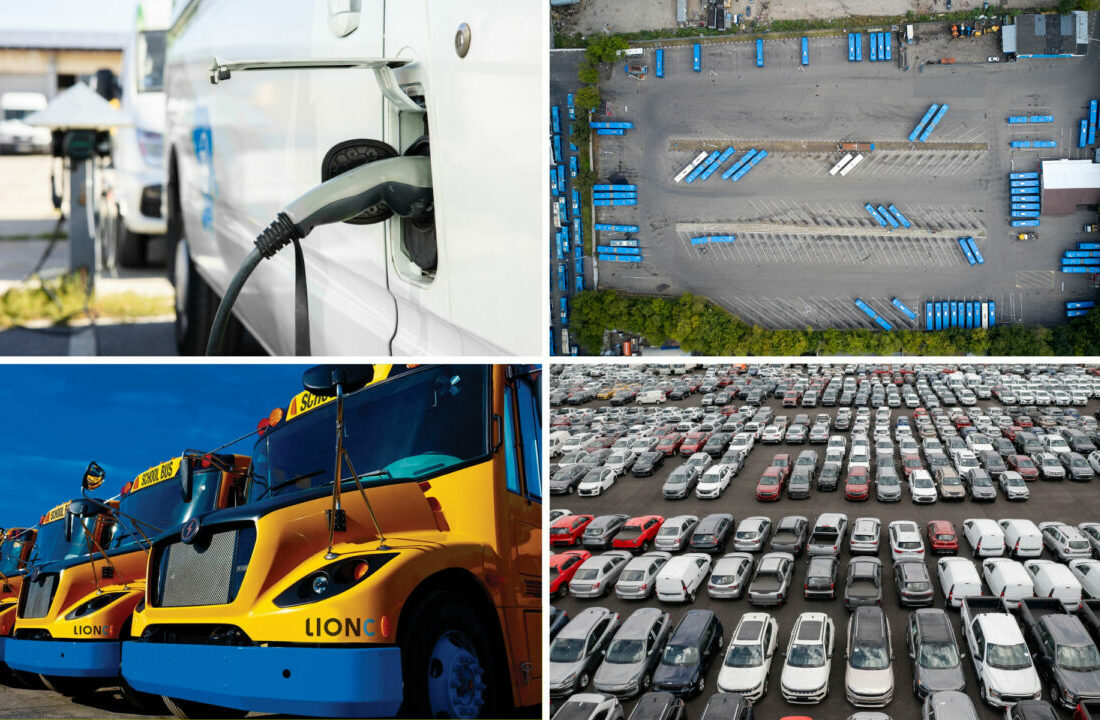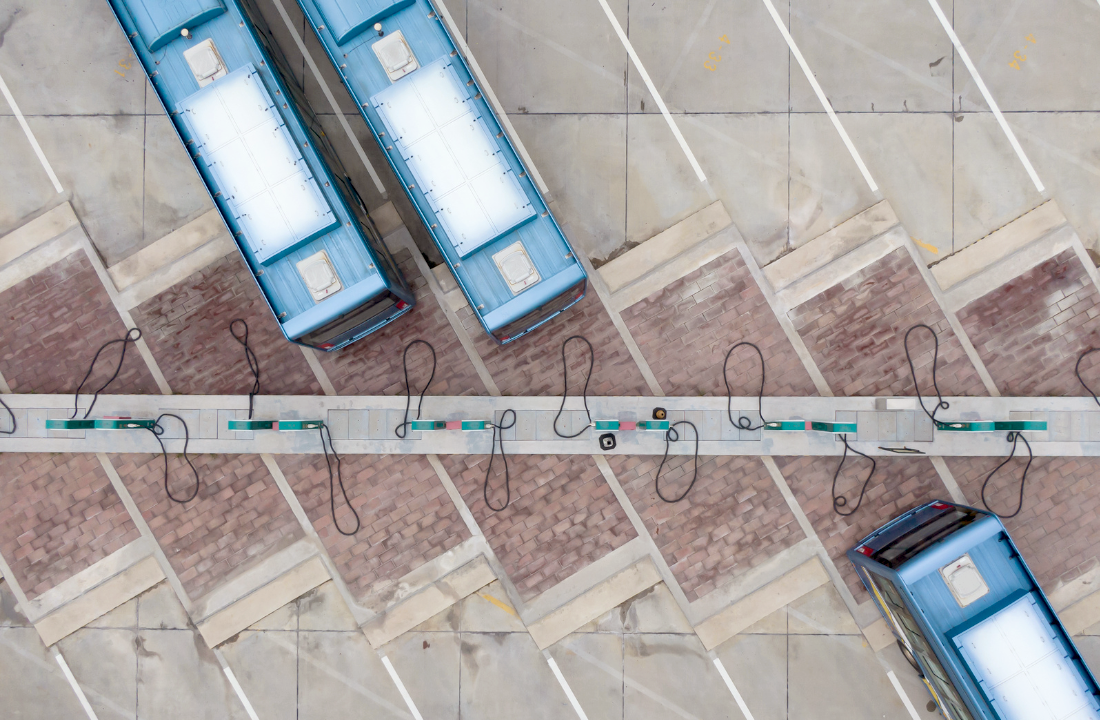
It’s clear that microgrids can provide benefits to EV fleets, but what are the main benefits driving fleets to consider a microgrid? From resiliency to demand charge management and deferring grid upgrades, we dive into microgrids for EV fleets in this episode with expert insights from Associate VP at AECOM Mushtaq Ahmad, and Head of Customer Success at EVenergi Max Zaporoshenko.
We also take a look at how EV fleets can start approaching a microgrid implementation, and end with a reflection on the current state of the industry when it comes to microgrids for EV fleets.
Daniel Hilson: The BetterFleet Academy provides fleet operators with everything they need to know about moving to an electric and hydrogen fleet. We look at issues in detail helped by thought leaders and our own staff here at EVenergi and BetterFleet.
Holly Montalban: In the transition to electric vehicles some fleets have installed microgrids and many more are considering them for current or future deployments. Let’s take a closer look at microgrids for electric fleets, with insights from emobility experts Mushtaq Ahmad, Associate Vice President at AECOM, and Max Zaporoshenko, Head of Customer Success at EVenergi. What is a microgrid?
Max Zaporoshenko: So a microgrid is really just a way of generating your own electricity; so it can be from lots of different sources like solar backed up by batteries, you can also have diesel generators to support that in any kind of generating equipment that exists out there. Think of it as a way of generating your own fuel which with ICE vehicles you couldn’t do in the past. Are batteries typically part of a microgrid? Definitely a consideration for most, especially if you’re using renewables which we know are intermittent and you need that storage capability in case your vehicles aren’t available to charge when the sun’s shining. Also batteries are very fast responding, so they can help you manage those sudden spikes that can happen when you have EV charging.
Holly Montalban: What are the main reasons that fleets consider a microgrid?
Max Zaporoshenko: Some look at it from a resiliency standpoint, so in areas where you have grid constraints or you have a very critical fleet like emergency fleets that absolutely rely on that power to be there to charge their vehicle, others look at it from a cost perspective – different utilities have different cost structures and some of them can be very prohibitive for EV charging because of very expensive demand charges.
Mushtaq Ahmad: If you have solar PV and battery as a combination you have the capabilities of charging batteries with solar and and then utilizing the batteries at the time when you have high demand charges so that will definitely benefit you. Now, one other thing which you can do is that if you are installing a microgrid which has more capacity than your load, there’s always a way to export that power back to the grid.
Holly Montalban: How do fleets approach implementing a microgrid?
Mushtaq Ahmad: The first part of figuring out whether a microgrid makes sense for any end use or any geography is to understand what are you trying to achieve from that microgrid. Most of the microgrids which are deployed are for resiliency purposes and if that is the case then the first basically step is to figure out what your total load is, what are you forecasting in terms of additional load, which you’re going to add in the future, and then based on that determination you need to figure out of that total load what is your critical load – and when I say critical load basically that load which is going to be supported by a microgrid. So once that is done the next step is basically to figure out what your operation is, how much backup power or continued operation you need from a microgrid.
Max Zaporoshenko: Like anything it requires very careful planning and not just looking at what you’re doing today but really taking a forward-looking approach as to what your fleet and what your charging needs are going to look like into the future. Once you know that, you know what the constraints are going to be, you may need to engage with your utility very early as well, that’s very important because that process can take a very long time and and speak to them about what does your future load and what your future energy requirements look like.
Holly Montalban: What other benefits can microgrids offer fleets?
Max Zaporoshenko: The need for a grid upgrade will come from the physical infrastructure that supplies your site and its ability to supply that site at all times. Realistically what that means is that on the peak day the worst case day of the year, that infrastructure needs to support all of the upstream loads on it, including your site. Now those peak periods can often only occur for a very short period of time and so when the utility looks at that if you can offset your charging during those periods and show that you can avoid those peaks and avoid either charging during those peaks or generating your own power to offset those peaks, you can put forward a case to either defer or avoid that grid upgrade and that extra capacity from the utility.
Holly Montalban: How do microgrid controllers and charge management systems work together?
Max Zaporoshenko: Microgrid control is a very very fine art and it’s a very proven technology. It’s been around for many years and it requires very fast, down to the millisecond control sometimes, of very sophisticated equipment like generators, batteries. And the control of that and the interaction of that with the charge management system we see as two separate things.
So having a a robust microgrid controller that can have a two-way interaction with a charge management system is the best way forward because they’re each doing what they do best and what that means is that the charge management system can send signals to the microgrid controller to say, “Hey I need X amount of megawatts at 6:00 p.m. tonight and then the microgrid controller can orchestrate that and understand what the lowest cost or lowest emission way to do that could be. And vice versa – the microgrid controller can tell the charge management system, “Hey I need you to reduce 10 megawatts of load because we’re coming up to a constraint on the network or within the microgrid itself.”
Holly Montalban: What is the current state of the industry when it comes to microgrids for fleets?
Mushtaq Ahmad: So I would say that they are still between the concept development phase and the early deployment phase. So we are seeing a significant amount of interest from many different types of entities in figuring out whether deploying microgrids for fleets would make sense. I do believe that all these technologies are coming together. We used to think decarbonization as just building decarbonization now it’s transportation now microgrids are coming in, so basically the idea is that where we are moving to it’s all kind of a comprehensive holistic look at operations. It’s not just fleet, it’s buildings, it’s how you run your business, and all these things are becoming tied together and I think there are solutions available to support pretty much any kind of end user.
Holly Montalban: Thank you for watching this episode in our BetterFleet Academy series where we provide valuable insights and information on the transition to zero emission vehicles. We hope you enjoyed this episode and please share with anyone else who might be interested in these insights. Stay tuned for more upcoming episodes on vehicle electrification.

Get an introduction to charging standards for EV fleets in this episode, with experts Brent Hartman, Director of Fuels and Transportation Standards at the Canadian Standards Alliance, and Ned Funnell, Charging Solution Architect with Electrada.

Learn about the best practices, challenges, and advice for workforce development when transitioning to zero emission vehicles in this episode with expert James Hall.

Look into the future of zero emission vehicle fleets with experts including Paul Comfort, Alix Butler, Pamela MacDougall, Neil Gladstone, Anna Martinis, Ian Foster, and Daniel Hilson.

Exploring what fleets with electric vehicles can do to increase resiliency and plan for emergency scenarios.

Incidents of electric bus fires over the past few years have brought questions to light.